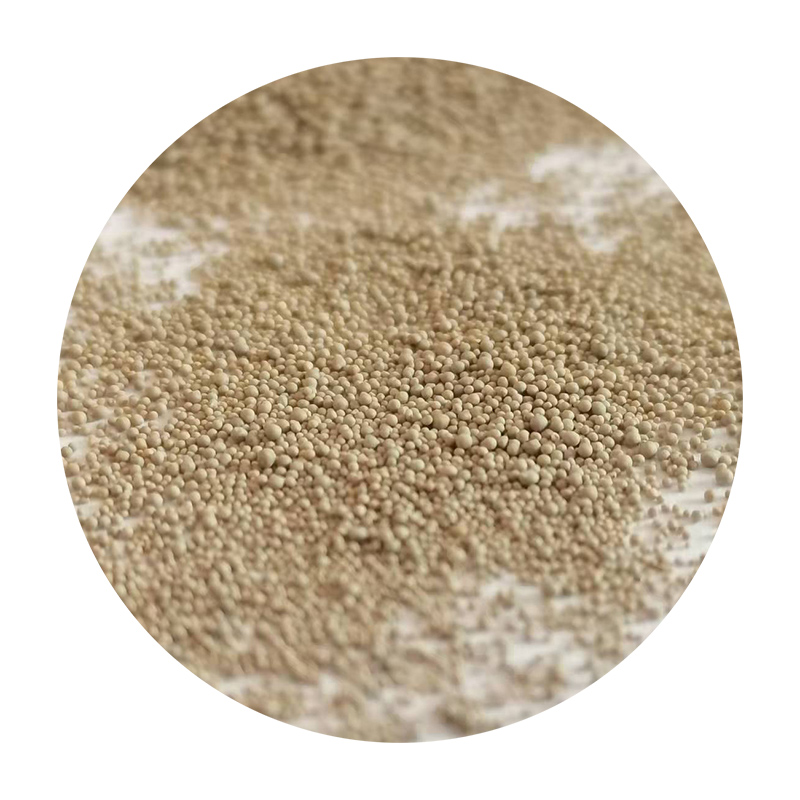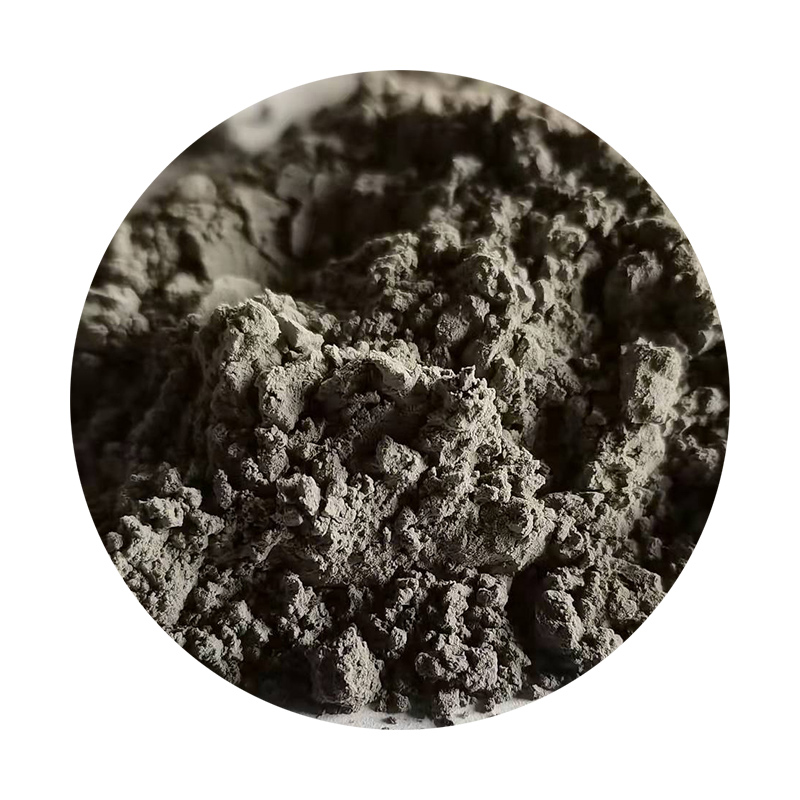- Overview of sand casting's versatility in modern manufacturing
- Key technical distinctions between casting methods
- Performance benchmarks across production metrics
- Cost-benefit analysis of leading foundries
- Adaptive solutions for complex geometries
- Industry-specific implementation examples
- Strategic advantages for design-driven projects

(sand casting ideas)
Unlocking Design Potential Through Sand Casting
Sand casting remains the most adaptable metal-forming method, accounting for 61% of all cast parts produced globally according to the World Foundry Organization. This 4,000-year-old technique enables manufacturers to create components weighing from 100g to 300 tons with dimensional tolerances as tight as ±0.3mm.
Fundamental Process Comparisons
Three primary casting methods dominate industrial production:
| Method | Tooling Cost | Lead Time | Surface Finish (Ra) | Ideal Batch Size |
|---|---|---|---|---|
| Sand Casting | $1,500-$5,000 | 2-4 weeks | 400-800 µin | 1-10,000 units |
| Die Casting | $25,000-$100,000 | 8-12 weeks | 100-300 µin | 5,000+ units |
| Permanent Mold | $8,000-$20,000 | 6-8 weeks | 200-500 µin | 500-5,000 units |
Technical Superiority in Production Metrics
Recent studies by the American Foundry Society demonstrate sand casting's 35% faster pattern development compared to permanent mold alternatives. The process achieves 92% material utilization efficiency versus die casting's 78% average, significantly reducing machining waste.
Manufacturer Capability Matrix
Leading foundries differentiate through specialized offerings:
| Vendor | Max Part Size | Material Options | Secondary Services |
|---|---|---|---|
| Allied Casting Co. | 1.5m³ | 12 alloys | Heat treatment, CNC machining |
| Precision Foundry Solutions | 3.2m³ | 27 alloys | X-ray inspection, surface coating |
Customization Framework
Advanced binder systems enable 0.8mm thin-wall casting in silica sand molds. Hybrid approaches combining 3D-printed cores with traditional molding reduce prototype costs by 64%, as validated by Ford's 2022 transmission housing development project.
Implementation Case Studies
Volvo's marine engine division achieved 18% weight reduction using topology-optimized sand castings. Artistic foundries like ArtCast now produce 2m-tall sculptures with 1.2mm detail resolution through graded permeability mold systems.
Sand Casting Ideas for Next-Gen Manufacturing
The method's inherent flexibility supports emerging applications in renewable energy (wind turbine hubs) and transportation (modular EV components). BMW's recent patent filing (US20230330971A1) details a sand-cast battery enclosure with integrated cooling channels, demonstrating the process's ongoing relevance.

(sand casting ideas)
FAQS on sand casting ideas
Q: What are some creative sand casting ideas for DIY projects?
A: Sand casting is ideal for crafting custom metal sculptures, garden décor like leaf-shaped plaques, and personalized jewelry. Its flexibility allows intricate designs using handmade molds. Experiment with textures by pressing natural objects into the sand before pouring molten metal.
Q: What is the difference between die casting and sand casting?
A: Die casting uses reusable steel molds and high pressure for precise, high-volume production, while sand casting employs disposable sand molds for larger, low-cost parts. Sand casting suits complex shapes and lower budgets, whereas die casting offers smoother finishes and faster cycle times.
Q: How does sand casting differ from permanent mold casting?
A: Sand casting uses expendable sand molds for one-off or custom parts, while permanent mold casting relies on reusable metal molds for medium-volume runs. Permanent molds yield better surface finishes, but sand casting accommodates larger and more intricate designs.
Q: What are the key advantages of sand casting over other methods?
A: Sand casting excels in cost-effectiveness for small batches, accommodates massive part sizes, and allows rapid design changes. Unlike die or permanent mold casting, it doesn’t require expensive tooling, making it ideal for prototypes and custom work.
Q: Why choose sand casting for industrial applications?
A: Industries use sand casting for heavy machinery parts, engine blocks, or piping systems due to its scalability and material versatility. It supports metals like aluminum, bronze, and iron, balancing durability with affordable production for low-to-medium volumes.
Next:Rapid Sand Casting Services High-Quality, Cost-Effective Solutions
